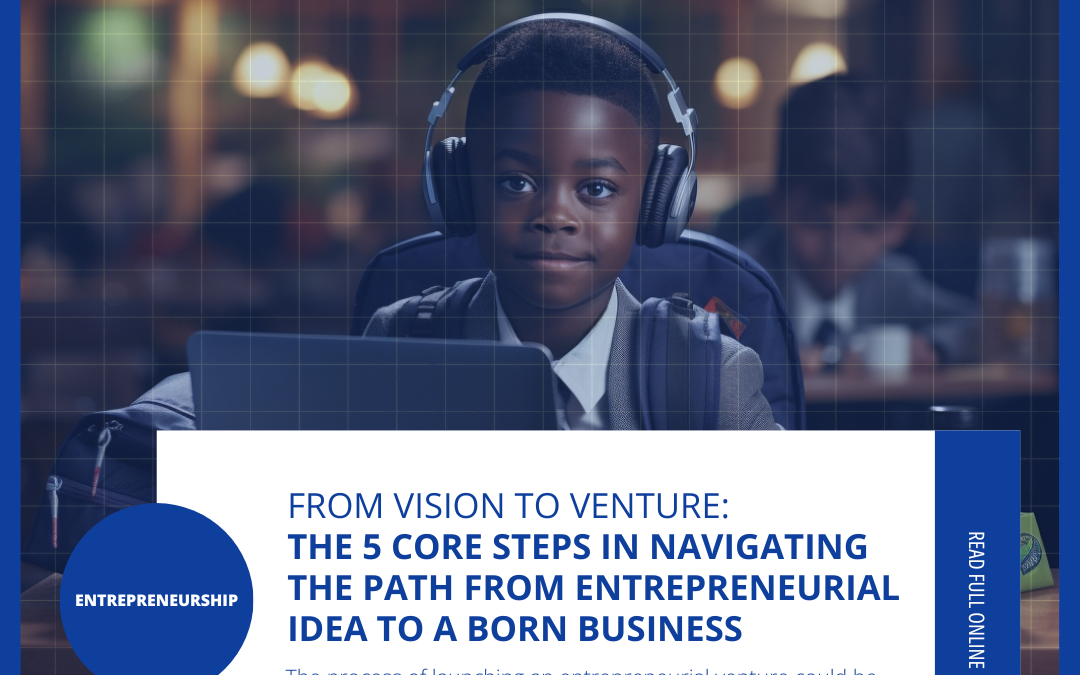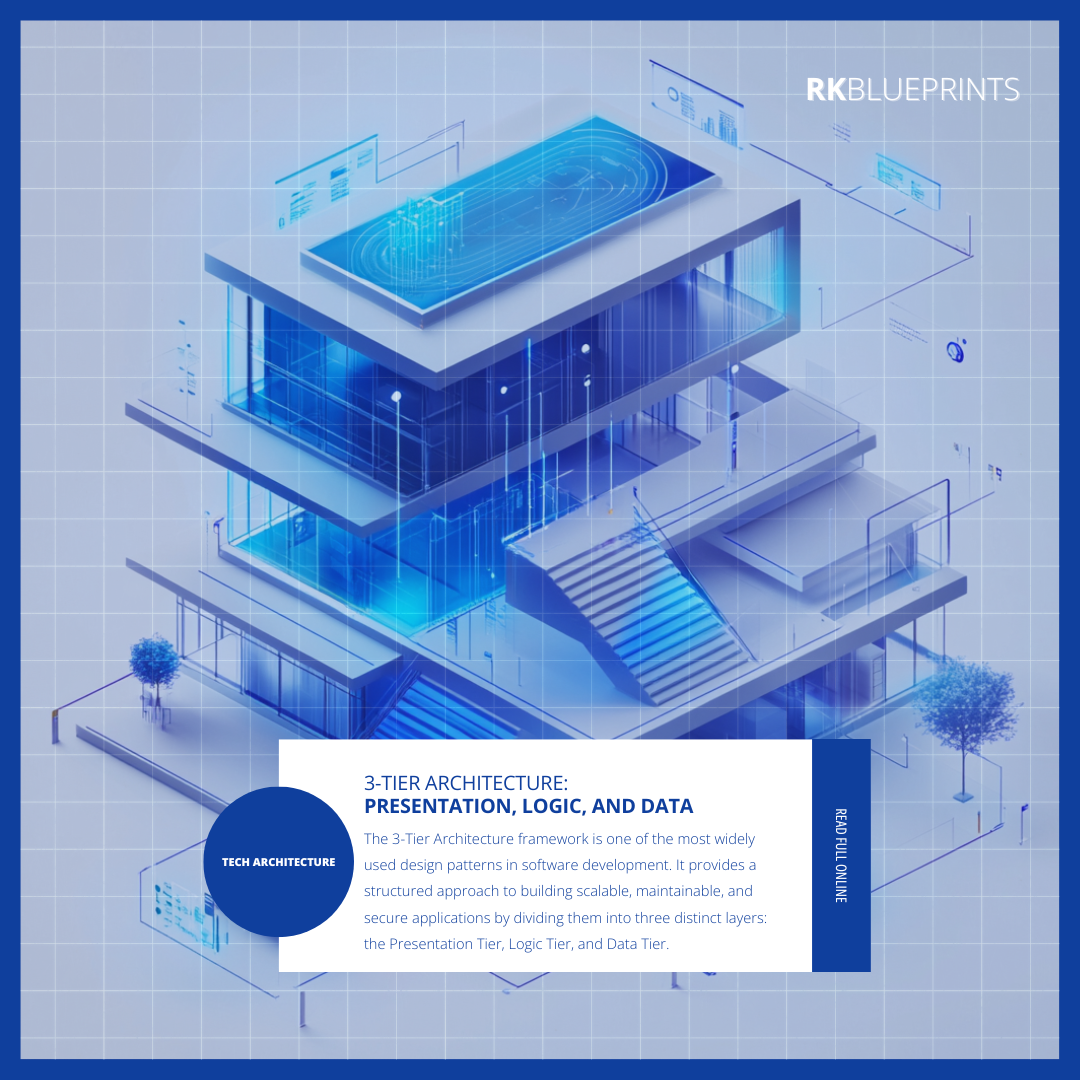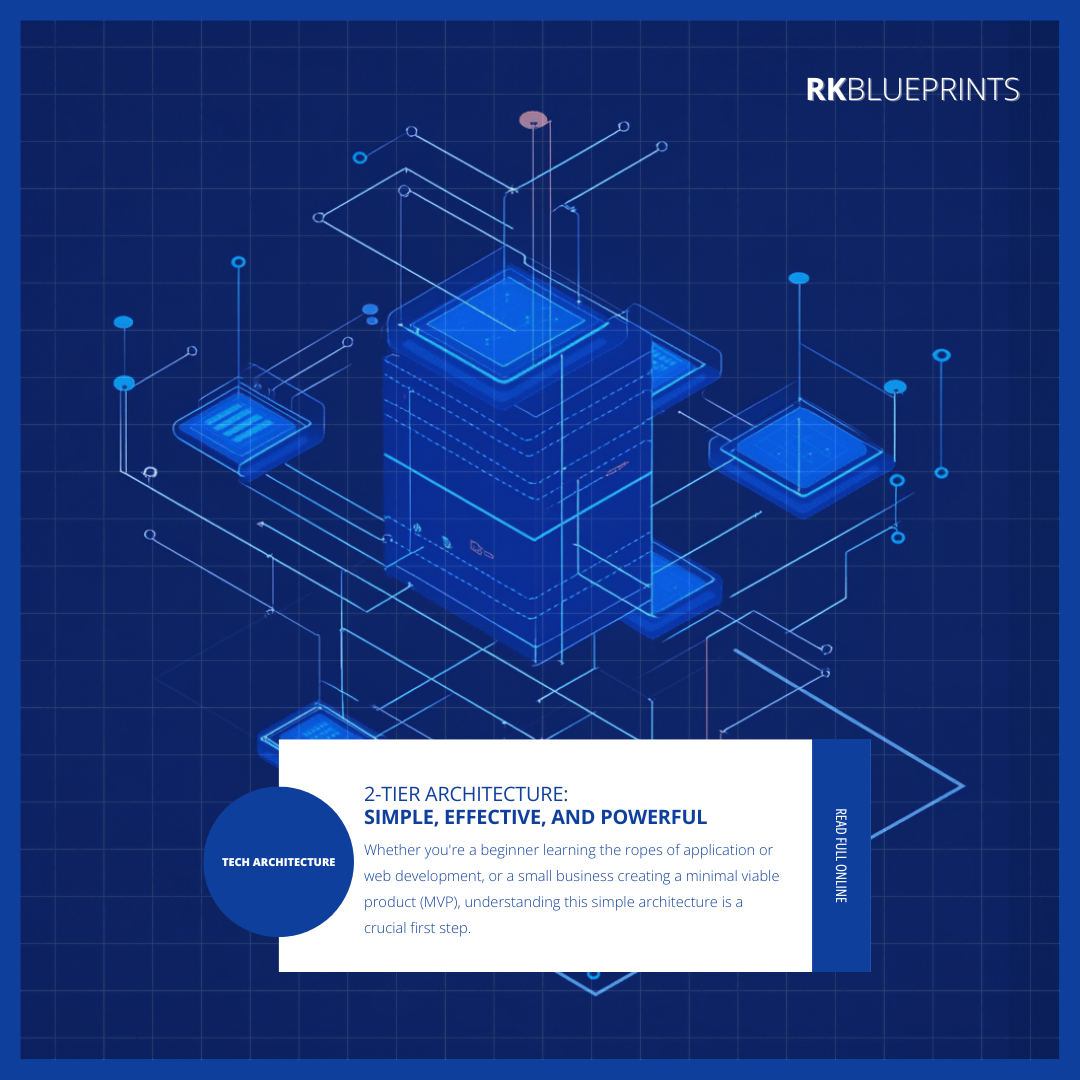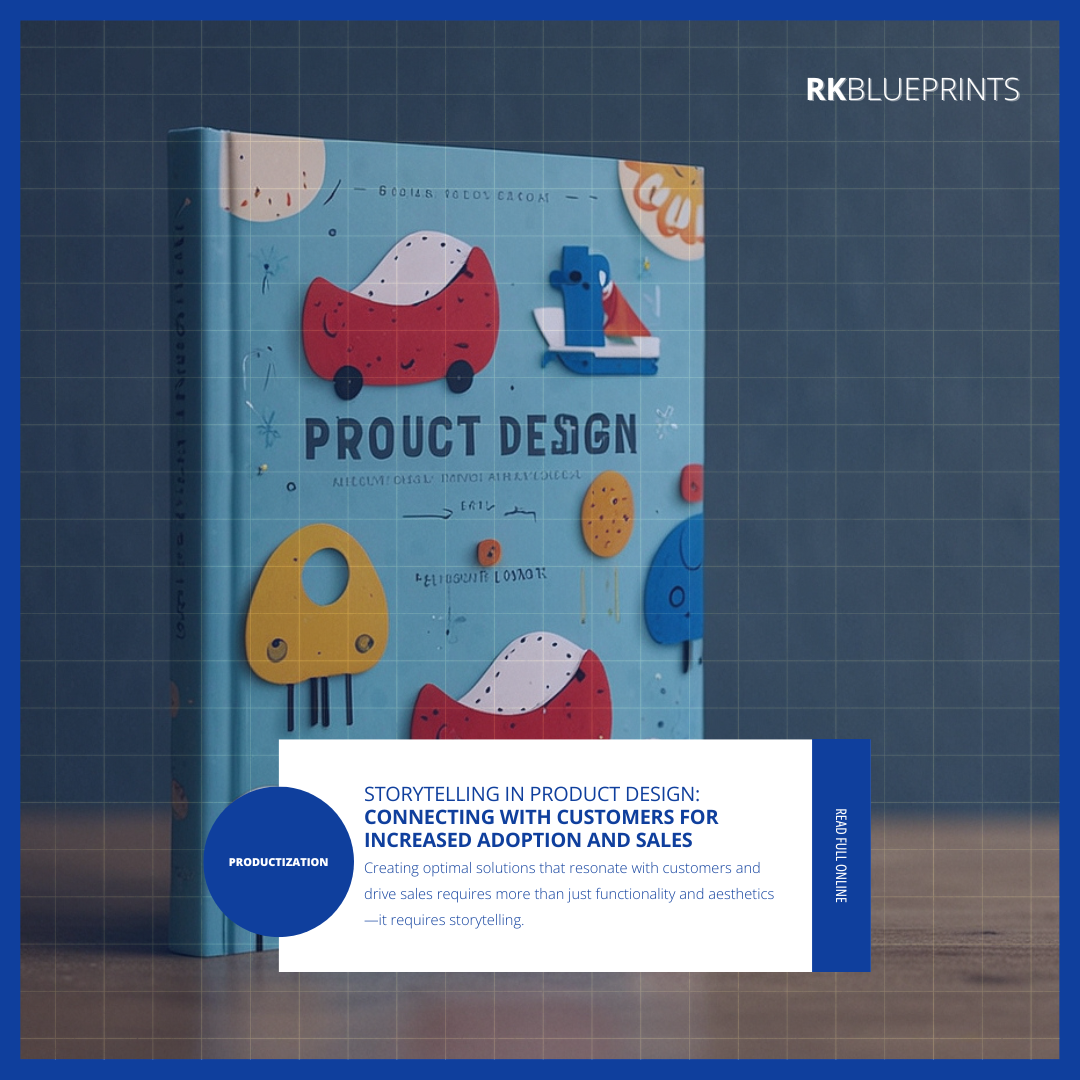The process of launching an entrepreneurial venture could be compared to planting a mustard seed. At the beginning, it’s an idea, a dream waiting to sprout. As the concept germinates, the entrepreneur typically operates in a phase of experimentation and validation. This initial stage is marked by passionate groundwork, product prototyping, and market testing. Here, the entrepreneur is not just ideating but also learning, adapting, and often pivoting based on market responses.
The pivotal shift from a mere idea to a functioning business happens when the entrepreneur successfully navigates the uncertainties. It’s about finding a product-market fit — understanding the customer base, refining the offering, and establishing a scalable business model. This often involves reaching consistent revenue streams, building a reliable customer base, and creating operational processes. The entrepreneur starts delegating tasks, forming teams, and establishing standard procedures.
Key indicators of this transformation include regular sales, steady customer acquisition, a functional team structure, and operational efficiency. It’s not just about having a product; it’s about having a product that consistently meets market demands, supported by a sustainable business framework. As the venture matures, the focus shifts from survival to growth, from adapting to establishing, and from ideation to systematic implementation. In essence, an entrepreneurial venture morphs into a functionally operating business when it evolves from being a passionate idea to a streamlined operation capable of sustainable growth and scalability.
Transitioning from an entrepreneurial idea to a successful small business involves several key steps. In this article, uncover the top 5 crucial aspects using RK Blueprints (RKB — website design & digital branding, business technology consulting, live talent solutions architecture) as a real-world example of an entrepreneur (myself, Raheem Kareem) drafting an idea into a living dream.
1) Market research and validation
- Identify your target audience: Understand who your ideal customers are, their preferences, and pain points.
- Competitive analysis: Analyze competitors to identify gaps in the market and unique selling points for your business.
- Minimum Viable Product (MVP): Develop a simplified version of your product or service to test in the market. Use feedback to refine your offering.
In the early days of RK Blueprints, understanding its market was like deciphering a complex puzzle. I diligently identified its target audience, discovering that startups and small businesses often struggled with comprehensive solutions that merged technology and creativity seamlessly. By analyzing competitors, RKB found its niche: a blend of technical expertise and creative innovation tailored for small businesses.
The MVP phase saw RK Blueprints offering simplified packages, such as basic website design and digital marketing consultations, allowing me to gather vital feedback and shape RKB’s services according to market demands.
2) Solidifying a business plan
- Define your business model: Determine how your business will generate revenue. Will it be through sales, subscriptions, or services?
- Financial planning: Create a detailed financial plan, including startup costs, operational expenses, and revenue projections for the next few years.
- Legal structure: Decide on your business structure (sole proprietorship, LLC, corporation) and register your business legally.
Creating a sturdy business plan could be comparable to laying the foundation of a skyscraper. RK Blueprints’ success story solidifies the importance of a well-structured business plan. By defining RKB’s business model as a solutions-oriented consultancy, RKB outlined its main revenue stream through project-based contracts. Financial planning was also important, allocating resources smartly now for success in the future. Last, but certainly not least, was adopting an limited liability company (LLC) structure to provide the stability RKB needed to position itself as a living company; ensuring legal protection while retaining flexibility. This blueprint guided RKB (no pun intended), ensuring financial health and setting the stage for future growth.
3) Establish operational efficiency
- Build a team: Recruit skilled professionals or partners who complement your skills. Clearly define roles and responsibilities.
- Implement processes: Develop standard operating procedures for key processes such as sales, customer service, and production to ensure consistency and quality.
- Invest in technology: Utilize tools and software for tasks like accounting, customer relationship management (CRM), and project management to enhance efficiency.
Building a team was a pivotal step for RK Blueprints. Collaborating with talented individuals and implementing streamlined processes ensured RKB projects flowed seamlessly. When building a team, also build a toolkit (for yourself, the team, and/or team roles). Digital tools like project management software and CRM systems (Trello, Google Sheets, Monday.com, etc.) became RKB’s secret sauce, enhancing efficiency and enabling RKB to manage client projects with finesse; ensuring client projects were managed seamlessly from ideation to execution.
4) Focus on sales and marketing
- Create a strong brand: Develop a compelling brand identity, including logo, tagline, and brand story, to create a memorable impression.
- Effective marketing strategies: Utilize digital marketing, social media, content marketing, and SEO to reach your target audience.
- Sales tactics: Train your sales team (or yourself) in effective selling techniques. Develop a robust sales pipeline and follow-up process.
Branding RK Blueprints was about painting a vivid picture of what it was. I crafted a story that highlighted RKB’s unique blend of technical genius and creative brilliance. Digital marketing efforts included an engaging website (shocker for an initial web design firm), regular blog posts about industry trends, and active social media profiles. Sales and marketing weren’t just transactions; they were conversations. Training others to engage in consultative selling and leveraging digital avenues showcased RKB’s dedication to its clients, setting it apart in a competitive landscape. By nurturing leads and maintaining a robust follow-up system, RKB increased success converting potential clients into closed-won satisfied customers.
5) Customer focus and adaption for scalable product adoption
- Customer feedback / voice-of-customer (VOC): Continuously gather feedback from customers to understand their satisfaction levels and areas for improvement.
- Adapt and innovate: Stay updated with market trends. Be willing to adapt your products, services, or processes based on changing customer needs and industry demands.
RK Blueprints’ journey greatly highlighted the importance of client feedback. Regular surveys and open communication channels allowed me to gauge client satisfaction and identify areas for RKB’s improvement. Listening to clients, RKB adapted its offerings, incorporating new technologies and creative techniques based on changing demands. My ability to innovate and customize solutions according to client needs not only retained RKB’s existing customers but also attracted new ones, propelling business toward continuous success.
In all, transitioning from an idea to a thriving business is a continuous journey. It requires adaptability, resilience, and a keen understanding of your market and customers. In the journey of RK Blueprints, I discovered that growing a business is a continuous, iterative process. Much like a fine wine, it matures with time, effort, and relentless dedication. Every challenge, every transformation, and every satisfied client added a note to my business acumen.
Remember, the entrepreneurial path is not a sprint; it’s a marathon of innovation, persistence, and client-centricity. With every step, a business not only evolves but also refines its essence. While continuing on the journey, we’re reminded that growth is not just about reaching new heights; it’s about getting better, finer, and more valuable with each passing day.
And with that, cheers to the continuous growth of entrepreneurs worldwide who can embrace the beauty of a wild and fulfilling ride. Stay agile, learn from challenges, celebrate your successes along the way, and keep livin’ the dream.







Shall we exchange links? My website https://zetds.seychellesyoga.com/jml
Web Development Wizards https://zetds.seychellesyoga.com/info
Can provide a link mass to your website https://zetds.seychellesyoga.com/info
Your site’s position in the search results https://zetds.seychellesyoga.com/info
Free analysis of your website https://zetds.seychellesyoga.com/info
Web Development Wizards https://zetds.seychellesyoga.com/info
Can provide a link mass to your website https://zetds.seychellesyoga.com/info
Free analysis of your website https://zetds.seychellesyoga.com/info
SEO Optimizers Team https://zetds.seychellesyoga.com/info
I offer mutually beneficial cooperation https://zetds.seychellesyoga.com/info
Cool website. There is a suggestion https://zetds.seychellesyoga.com/info
I really liked your site. Do you mind https://zetds.seychellesyoga.com/info
Here’s what I can offer for the near future https://zetds.seychellesyoga.com/info
You will definitely like it https://zetds.seychellesyoga.com/info
Content for your website https://ztd.bardou.online/adm
Web Development Wizards https://ztd.bardou.online/adm
Can provide a link mass to your website https://ztd.bardou.online/adm
Your site’s position in the search results https://ztd.bardou.online/adm
Free analysis of your website https://ztd.bardou.online/adm
SEO Optimizers Team https://ztd.bardou.online/adm
Cool website. There is a suggestion https://ztd.bardou.online/adm
I really liked your site. Do you mind https://ztd.bardou.online/adm
Here’s what I can offer for the near future https://ztd.bardou.online/adm
Content for your website https://ztd.bardou.online/adm
Web Development Wizards https://ztd.bardou.online/adm
Can provide a link mass to your website https://ztd.bardou.online/adm
Your site’s position in the search results https://ztd.bardou.online/adm
Free analysis of your website https://ztd.bardou.online/adm
SEO Optimizers Team https://ztd.bardou.online/adm
I offer mutually beneficial cooperation https://ztd.bardou.online/adm
Cool website. There is a suggestion https://ztd.bardou.online/adm
Content for your website http://myngirls.online/
Web Development Wizards http://myngirls.online/
Can provide a link mass to your website http://myngirls.online/
Your site’s position in the search results http://myngirls.online/
Free analysis of your website http://myngirls.online/
SEO Optimizers Team http://myngirls.online/
I offer mutually beneficial cooperation http://myngirls.online/
Content for your website http://fertus.shop/info/
Can provide a link mass to your website http://fertus.shop/info/
Your site’s position in the search results http://fertus.shop/info/
Free analysis of your website http://fertus.shop/info/
SEO Optimizers Team http://fertus.shop/info/
I offer mutually beneficial cooperation http://fertus.shop/info/
Cool website. There is a suggestion http://fertus.shop/info/
I really liked your site. Do you mind http://fertus.shop/info/
Here’s what I can offer for the near future http://fertus.shop/info/
You will definitely like it http://fertus.shop/info/
The best prices from the best providers http://fertus.shop/info/
Analytics of your website http://fertus.shop/info/
I would like to post an article http://fertus.shop/info/
How to contact the administrator on this issue http://fertus.shop/info/
Shall we exchange links? My website http://fertus.shop/info/
The offer is still valid. Details http://fertus.shop/info/
We offer cooperation on SEO optimization http://fertus.shop/info/
Content for your website http://fertus.shop/info/
Web Development Wizards http://fertus.shop/info/
Your site’s position in the search results http://fertus.shop/info/
Content for your website http://fertus.shop/info/
Web Development Wizards http://fertus.shop/info/
Your site’s position in the search results http://fertus.shop/info/
SEO Optimizers Team http://fertus.shop/info/
What an insightful article! Your ability to break down complex topics into easily understandable points is truly commendable. I appreciate the thorough research and the engaging writing style that keeps readers hooked from start to finish. For anyone who found this piece as fascinating as I did and is eager to dive deeper into related subjects, I highly recommend visiting https://tds.rida.tokyo/com. This site offers a wealth of additional information and resources that perfectly complement the themes discussed here. Thank you for sharing your knowledge and providing such valuable content. I look forward to reading more of your work in the future!
Огромный выбор товаров от Microsoft, который удовлетворит все ваши потребности.
данные из одного тенанта в другой [url=https://best-lip-filler.com/]данные из одного тенанта в другой[/url] .
What materials are used for manufacturing double glazed windows in Melbourne
colonial style windows [url=https://www.bestnosefiller.com/colonial-melbourne]https://www.bestnosefiller.com/colonial-melbourne[/url] .
Popular Lineage 2 servers with high online
new Lineage 2 servers [url=http://www.cryptoexlicense.com/]http://www.cryptoexlicense.com/[/url] .
Как найти идеальную клинику косметологии?косметология цены [url=https://www.popunderinfo.com/]https://www.popunderinfo.com/[/url] .
Choose the perfect rental car and hit the roadcar rental cyprus paphos [url=http://easyrepair-toronto.com/]http://easyrepair-toronto.com/[/url] .
How to order Republic Windows and Doors products online? , delivery terms and conditions.
cheap window replacement near me [url=best-exchange-wallet.com/replacement-melbourne]best-exchange-wallet.com/replacement-melbourne[/url] .
Make your home better with us
best soundproof windows [url=http://www.best-exchange-wallet.com/windows/antinoise-windows/]http://www.best-exchange-wallet.com/windows/antinoise-windows/[/url] .
Online casinos are the best way to experience excitement and adrenaline,without leaving your home. Enjoy playing casino games online in the comfort of your own home, while getting a chance for a big win.
pagcor online casino app [url=https://www.allbetzcasino.com/explaining-the-different-types-of-casino-bonuses/]https://www.allbetzcasino.com/explaining-the-different-types-of-casino-bonuses/[/url] .
Hot video news, Exceptional video reports, Incredible video updates, that will amaze you, that evoke admiration, that will evoke emotions, Stunning video updates, Informative video news, Unique video updates, Fresh video updates, that you can’t miss
ai video news [url=https://videonewsindex.com/]https://videonewsindex.com/[/url] .
What are the benefits of having pets, the advantages of pets.
tips for choosing a pet, advantages of different pet breeds.secrets of pet care, how to feed pets.what you didn’t know about pets, why people adore pets.tips for training pets, how to teach a dog to fetch.
best domestic animals [url=https://petstorepetsupply.com/index.php/2024/06/12/gardening-for-mental-health/]best domestic animals[/url] .
Best tools for website building, for convenience.
site building [url=https://www.onlyblogthemes.com]https://www.onlyblogthemes.com[/url] .
Watch the best video reviews for better understanding, for the optimal choice.
video bonanza reviews [url=http://www.movies-and-reviews.com/behind-the-storefront-insider-reviews-of-global-shops]http://www.movies-and-reviews.com/behind-the-storefront-insider-reviews-of-global-shops[/url] .
the best brands for casual style, elite brands and their style, where to find ideas for a stylish look, the best brands for creating a unique look, branded accessories and their stylish combinations, the best shoe brands for fashionable outfits, the best designers setting trends, which brands offer fashionable manicure solutions, stylish scents from well-known brands, how to choose stylish brands for your body type, where to find trendy brands in social media, which young brands offer stylish solutions, brands and style: the influence of celebrities, how to create a stylish wardrobe with brands.
what brands are fashionable [url=https://exlinecountrystore.com/]https://exlinecountrystore.com/[/url] .
Modern trends: the best lifestyle brands for urban style, to highlight your uniqueness.
lifestyle coach [url=http://jimgrayonline.com/]http://jimgrayonline.com/[/url] .
The role of creativity in problem-solving, inspiring creativity in the workplace, Tips for boosting creativity, Creativity as a path to fulfillment, The transformative power of creativity, how to define creativity for yourself.
creativity challenge [url=http://www.brus-online.com/the-art-of-innovation-exploring-the-intersection-of-creativity-and-problem-solving]http://www.brus-online.com/the-art-of-innovation-exploring-the-intersection-of-creativity-and-problem-solving[/url] .
Inmolux Group Costa del Sol: unique opportunities for investors, invest smartly with us.
house construction cost [url=https://traffic-arbitrage.com/en/services/new-development]https://traffic-arbitrage.com/en/services/new-development[/url] .
Efficient heating and cooling system maintenance, bringing peace and assurance.
ac tune up service [url=https://bestweddingcinema.com/air-conditioning-services/air-conditioning-maintenance.html/]ac tune up service[/url] .
Забудьте о нежелательных волосках навсегда, профессиональная эпиляция лазером.
удаление волос лазером [url=http://www.octoclick-tizer.com/lazernaya-kosmetologiya/lazernaya-epilyaciya]http://www.octoclick-tizer.com/lazernaya-kosmetologiya/lazernaya-epilyaciya[/url] .
Individual approach to each client in car rental, The best offers for luxury car rentals,
hire range rover velar [url=https://bestwedding-video.com/cars/velar/]hire range rover velar[/url] .
The most innovative inventions of the year, incredible new technologies you need to know about.
isaac newton inventions [url=https://www.washingtondchotelsonline.com/index.php/2024/06/06/remarkable-inventions-engineering-marvels]https://www.washingtondchotelsonline.com/index.php/2024/06/06/remarkable-inventions-engineering-marvels[/url] .
Stay informed on international events that matter, click here to read more.
global news today [url=https://pick-news.com/]global news today[/url] .
Rent a car for a day, a week, or longer, Get on the road with a rental car right now, Discover affordable car rental near me, Conveniently located car rental services nearby, Rent a car from a trusted rental agency, Get the best rates on car rental near me.
rent a car per month [url=best-carrental.com/paphos-long-term-rental]best-carrental.com/paphos-long-term-rental[/url] .
Premium-class cars for you
luxury car rental companies [url=http://www.trafficarbitration.com]http://www.trafficarbitration.com[/url] .
Professional heating and air conditioning service, Efficient heating and air conditioning maintenance
air conditioning tune up specials [url=http://best-lip-filler.com /air-conditioning-services/air-conditioning-maintenance.html/]http://best-lip-filler.com /air-conditioning-services/air-conditioning-maintenance.html/[/url] .
Unique coins of command, that will captivate coin enthusiasts.
The significance of command coins, and how they help strengthen team spirit.
challenge coin company [url=http://www.command-coins.com/]http://www.command-coins.com/[/url] .
Republic Windows and Doors – the best choice for your home, bring uniqueness and elegance to your home.
best company for windows and doors [url=https://www.finexmolicense.com/]https://www.finexmolicense.com/[/url] .
How to arrange financing for purchasing real estate on the Costa del Sol.
sell my house quick [url=https://villas-in-spain.com/services/sell-property]https://villas-in-spain.com/services/sell-property[/url] .
Choose from the finest rental cars near you, quickly and accessibly.
toyota passo rental [url=https://free-carrental.com/our-cars/?view=cardetails&carid=7/]toyota passo rental[/url] .
Сроки поставок из Китая: что важно знать,
карго товары из Китая [url=chinese-shipments.com/cargo]chinese-shipments.com/cargo[/url] .
Reliability and durability of materials
window colonial [url=doors-manufactoring.com/colonial-melbourne]doors-manufactoring.com/colonial-melbourne[/url] .